Retro Replay Review
Gameplay
Baal delivers a fast-paced action experience that keeps you on the edge of your seat from start to finish. As the leader of the Time Warriors, you’ll face wave after wave of Baal’s monstrous minions, each with unique attack patterns and resistances. The core loop revolves around defeating enemies, locating the yellow-flashing war machine parts, and piecing them together before the final confrontation with Baal himself. This progression system offers a clear short-term objective with the promise of long-term payoff once you assemble the full war machine.
(HEY YOU!! We hope you enjoy! We try not to run ads. So basically, this is a very expensive hobby running this site. Please consider joining us for updates, forums, and more. Network w/ us to make some cash or friends while retro gaming, and you can win some free retro games for posting. Okay, carry on 👍)
The controls are intuitive, allowing players to choose between a classic joystick setup or a modern keyboard layout. Both control schemes feel responsive, with tight directional inputs that enable precise strafing and dodging. Special abilities and power-ups appear after defeating mini-bosses, adding layers of strategy as you decide whether to deploy speed boosts, protective shields, or area-of-effect attacks. This versatility keeps combat engaging, rewarding both quick reflexes and thoughtful planning.
Pacing is one of Baal’s greatest strengths. Early levels ease you into the groundwork—basic enemies, gradual introduction of environmental hazards, and hints on where to locate the next yellow piece. As you progress, the difficulty ramps up with more complex enemy formations, hidden traps, and timed sequences that push you to master both your controls and resource management. Each segment feels distinct yet cohesive, ensuring that no two play sessions feel identical.
Graphics
Visually, Baal embraces a gritty, atmospheric style that perfectly suits its apocalyptic setting. The color palette leans heavily on dark tones punctuated by vivid yellows (for the war machine parts) and flaming reds (for Baal’s lair). This contrast not only helps you spot crucial items at a glance but also establishes an ominous mood throughout your journey. Environments range from ruined temples and lava-filled caverns to mechanical fortresses littered with gears and conveyor belts, each designed with meticulous detail.
Character and enemy designs stand out with a blend of gothic horror and sci-fi influences. Baal’s minions vary from winged demons to armored brutes, each animated with fluid motion and satisfying attack telegraphs. The lighting effects—such as flickering torches, molten lava reflections, and sparks from damaged machinery—add a layer of visual depth that feels surprisingly polished for its genre. Even the on-screen HUD is unobtrusive, only highlighting essential stats and flashing yellow parts without cluttering the viewport.
Performance remains stable across both joystick and keyboard setups, with minimal frame drops even during the most chaotic encounters. The game’s art style hides minor texture pop-ins and background LOD shifts, making them almost imperceptible as you dash between foes. This smooth presentation ensures you stay immersed in the relentless hunt for Baal’s war machine fragments rather than being distracted by technical hiccups.
Story
At its core, Baal offers a straightforward narrative that nonetheless succeeds in motivating your quest. The premise—Baal, a powerful monster, has stolen an ancient war machine capable of altering time itself—gives you a clear reason to dive into battle. While exposition is kept to a minimum, cutscenes and in-game lore scrolls flesh out the background motives of the Time Warriors and the apocalyptic stakes if Baal remains undefeated.
Character development is subtle but effective. You start as a determined rookie commander eager to prove your worth, and over the course of the game you earn the respect of your fellow Time Warriors. Brief interactions between missions hint at camaraderie and sacrifice, making the final battle against Baal more emotionally charged. Although you won’t find extensive dialogue trees or branching storylines, the game’s narrative is tight enough to never feel hollow.
Side objectives and hidden lore fragments reward exploration, encouraging players to revisit earlier levels armed with new abilities. Discovering a secret journal entry about Baal’s origin or unlocking an optional boss fight against a rogue Time Warrior adds depth to the otherwise linear plot. These elements cater well to completionists and lore enthusiasts, offering extra context without detracting from the main mission.
Overall Experience
Baal shines as a challenging yet fair action title that balances speed, strategy, and exploration. The blend of responsive controls, atmospheric visuals, and a compelling hunt for the war machine parts creates a satisfying gameplay loop. Hardcore players will appreciate the fine-tuned difficulty curve, while newcomers can adjust settings or replay earlier levels to master their skills before facing Baal himself.
Replayability is bolstered by multiple control options, hidden secrets, and a scoring system that tracks completion time and accuracy. Whether you aim for a flawless run with full machine assembly or simply want to experience the narrative, Baal accommodates both casual and competitive playstyles. The game’s design encourages experimentation—try different ability combinations, explore off-path corridors, and adapt to evolving enemy tactics each time you reload a level.
Ultimately, Baal delivers an engrossing package for fans of retro-inspired action games. Its concise story, polished graphics, and robust mechanics combine to create a memorable journey through a dark and perilous world. If you’re seeking a title that rewards perseverance, strategic thinking, and lightning-fast reflexes, don your Time Warrior armor and get ready to face the might of Baal.
 Retro Replay Retro Replay gaming reviews, news, emulation, geek stuff and more!
Retro Replay Retro Replay gaming reviews, news, emulation, geek stuff and more!
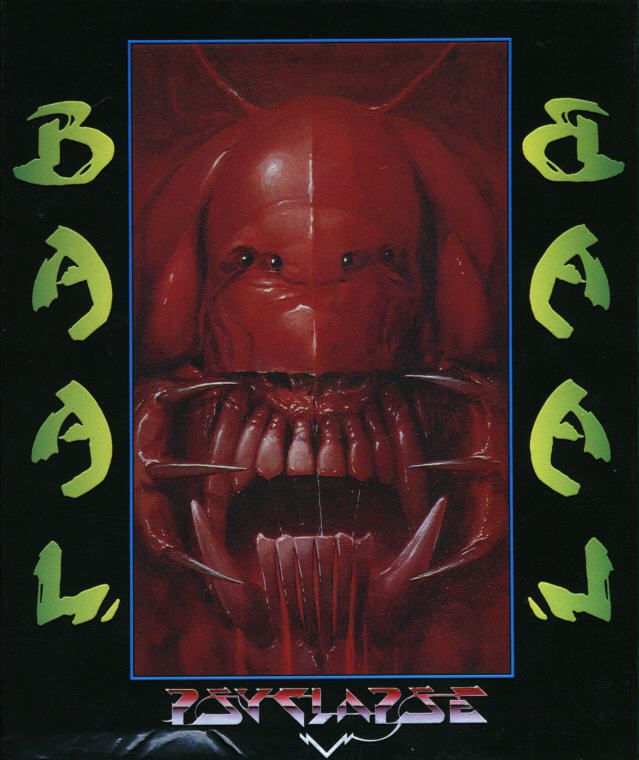
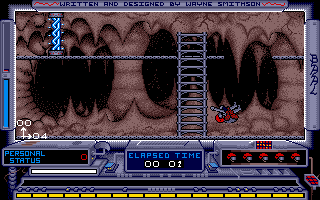
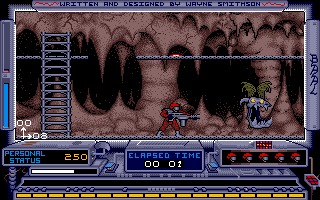
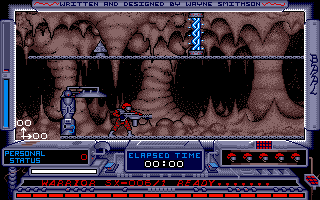
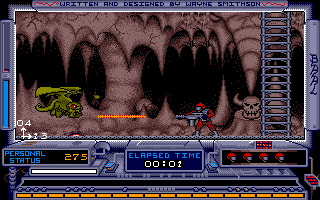
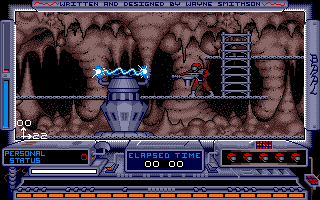



Reviews
There are no reviews yet.